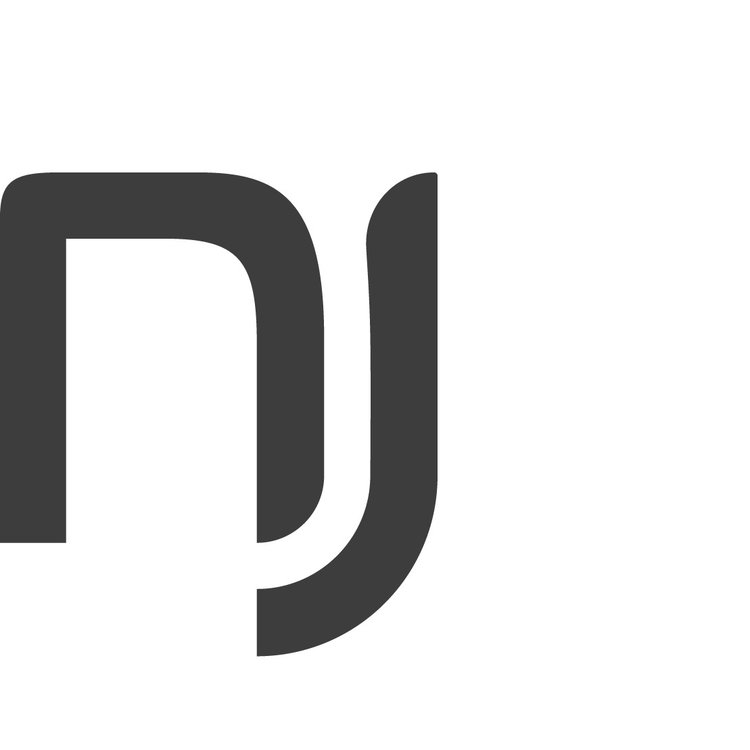Charter schools and school choice, arguably the most debated topics in school reform today, have blurred traditional educational and political divides. Betsy DeVos and the Trump Administration claim that school choice—and charter schools by extension—can remedy America’s broken education system. Despite the administration’s confidence that these reforms can address inequality in our school system, there is significant nuance in the outcomes and effectiveness of choice and charter schools in practice. In order to form an opinion and have a voice in the debate, it is important to know the details of charter schools and school choice.
What are charter schools?
In the past 25 years, thousands of charter schools have been established across the country. They emerged in the early 90's as “testing kitchens” for innovative school reform ideas. Charter schools are publicly funded, privately run schools. In exchange for exemptions from certain local regulations, charter schools receive greater autonomy in school operations and design. Charter applicants detail the school's mission, curriculum, student demographic and assessment methods in contracts called “charters” between the state and the school founders. Anyone can submit an application to start a charter school: parents, educators, community organizers, businesses or entrepreneurs. These applications are reviewed by charter authorizers, which can be university systems, local boards of education or the state commissioner of education. In New York state, charter authorizers include the SUNY Board of Trustees, the Board of Regents and the NYC Department of Education. Along with reviewing and approving charter applications, charter authorizers are also responsible for overseeing charter schools’ academic progress. Charter schools are tuition free, but unlike public district schools, they often utilize a lottery admissions process.
What is school choice?
School choice tackles a prominent question in American society: who decides which educational opportunities are available to our children? School choice enables parents to choose what kind of schools their children attend. For example, if a public district school is underperforming, parents in that district can explore alternatives such as charter schools, vouchers, and parochial schools. Choosing an alternative however, requires parents to research other schools, attend open houses, and complete school applications.
So what’s the controversy?
School choice provides greater opportunity for families in need, but because only some families can navigate school choice programs, they also produce inequality between families of different racial and economic backgrounds. In some instances, school choice has pointed families to charter schools that successfully serve their students. However, some charter schools fail to meet the needs of their student demographic and produce greater inequality in the public education system. Another growing concern regarding charter schools is the way in which they are proclaimed as “the ticket” to educational success, most prominently among low income families of color. These schools often drill students with test-taking skills and provide few opportunities for creative and empowering learning.
Despite the current administration’s claim that school choice alone can “fix” our nation’s public school system, the inequality in our schools will require more systematic and collaborative reforms to witness progress.

